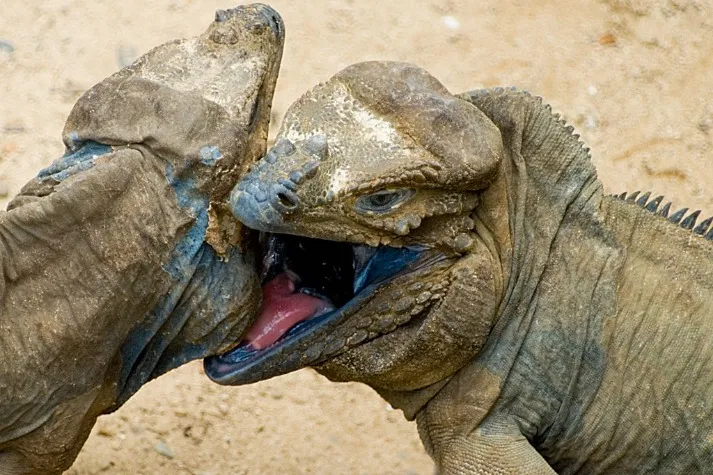livestock_cattle_feeding The Nutrition Source Harvard T H. Chan School of Public Health
The types of predominant forage plants and the growth patterns of the different plants in diverse areas of the country greatly impact the quality of the diet for grazing cattle. Many forages and feeds have specific characteristics that affect not only the diet quality but also potential negative effects; and knowledge and experience is needed to avoid health and production problems. Use of some supplemental feeds has to be limited due to adverse effects when fed at higher levels. Contaminated water with bacteria, minerals, and toxins will affect production in dairy cattle. Prepartum cows are often fed an acidogenic diet which is augmented by chlorine and sulfur. When balancing acidogenic diets, it is recommended to account for the water intake of these minerals which will help in the reduction of hypocalcemic disease.

Being vigilant about nutritional disorders and knowing how to prevent them is vital for maintaining herd health. As cattle feed, they take in large amounts of roughage, often swallowing it quickly. Later, they regurgitate this ‘cud’ to further break down the plant fibers through additional chewing. Selenium is an important component of glutathione peroxidase along with vitamin E. This enzyme is responsible for the conversion of cell-damaging hydrogen peroxide to water.32 Deficiency symptoms were fairly common until supplementation began.
Like Na, K is a cation and can exacerbate hypocalcemia, but is beneficial in maintaining a positive DCAD postpartum. In lush pasture or high K diets, a subsequent Mg deficiency can occur (grass tetany) resulting in stiff muscles even when adequate Mg is fed. Potassium is involved in acid-base regulation, water balance, nerve transmission, muscle contractions, oxygen and carbon dioxide transport and a co-factor in many enzymatic reactions. The normal concentration in blood plasma is 3.7–5 mEq/L.32 Potassium is primarily absorbed in the duodenum by diffusion and it is primarily excreted via the kidney in the urine. Lactating dairy cows should be fed a diet containing 1.5% K or more, while calves need 0.4%–0.55%.19 However, lower K can be beneficial in dry cow diets as a means of reducing hypocalcemia. To more accurately consider the utilization of protein by the cow, the use of metabolizable protein (MP) is warranted.
Minerals are inorganic compounds that are used in moderate (macrominerals) and small (microminerals) quantities. Both vitamins and minerals are co-factors in the processing of nutrients in the body. That is, they Check this for Doeat.top Future challenges in animal diets help the animal digest, absorb, and use other nutrients. Water is another crucial part of a livestock nutrition program because it is required for every single process and reaction within the animal’s body.

Processing of forages through rollers at the time of harvest will help to expose the contents of the seed (starch) and the hemicellulose of the stalks. This processing will aid in the fermentation of the silage in the silo, but also enhance the digestibility of the internal contents of the plants (starch and hemicellulose). Nutrient recommendations of precision-fed dairy heifers fed to gain 0.86 kg/d. Colostrum can be stored and used for other calves when quality is poor or yield is low. Colostrum should be harvested, quality determined (using a refractometer or colostrometer), and stored in 2 L bottles.

Following these guidelines will help ensure effective disease immunity in livestock. Supplemental vitamins can be added to the diet through a trace mineral salt mixture. HerdView® Insights data studio provides easy-to-understand reports and analytics and BCS monitoring, enabling you to make well-informed decisions regarding your herd’s nutrition. What cattle eat daily directly impacts their digestion and overall health. Biotin is another water-soluble vitamin that has experienced use in the dairy industry.
Therefore, anything that limits free water intake will hamper animal performance. As would be expected, free water intake increases as milk production increases. Water intake also increases when the cow is in an environment where the temperature humidity index is above 68.
Diet formulation for the high producing dairy cow requires knowledge of the nutrients that are required by the mammary gland to produce milk. These nutrients include water, protein (amino acids), carbohydrates, fats, minerals, and vitamins. Understanding of their physical characteristics and their combined interactions are essential to successful dairy cattle feeding. Producing high-quality milk from healthy dairy animals starts with the nutrition and management of the calf.
Their ability to break down fibrous plant materials comes from a combination of anatomical structures and a diverse microbial community within their stomachs. This evolutionary advantage has enabled them to thrive in environments where food sources might be limited to tough grasses and other plants that many animals find indigestible. A concern of overfeeding protein is the amount of N that enters the environment; therefore, researchers have conducted research to reduce the amount of N lost to the environment while optimizing N usage within the cow. The research includes optimizing RDP and RUP and further developing research with the use of MP and RPAA to reduce environmental effects (both ammonia volatilization and waste streams). Net energy (NE) – an estimate of the energy in a feed that is available to the animal after accounting for energy lost during digestion and metabolism.
Learn how to take advantage of this feed option by following safety practices. For example, when an animal has been on a limited diet and then is fed a more nutritious diet, the diet is utilized more efficiently in a compensatory manner. Nutrient requirements also differ depending on the frame score (structural size) of cattle (Tables 1-6 of Appendix 1). Water requirements for a cow–calf pair range from 12 to 20 gallons per day, whereas yearling cattle require 6 to 14 gallons per day. Carbohydrates are nutrients that are part of a plant’s structural fibers, as well as soluble sugars within the cells. They are important for digestive processes and are used as an energy source by the animal.

A 37 Brown Swiss heifers received 2 L and 31 heifers received 4 L of good quality colostrum. In summation, the nutritional management of your beef cattle is a multifaceted endeavor that holds the key to unlocking the full potential of your herd. Through diligent attention to detail, leveraging technological tools, and a commitment to continuous learning, you can ensure your beef cattle operation’s health, productivity, and profitability. At HerdX®, we are committed to supporting you in this journey with cutting-edge technology that puts the power of data-driven decision-making at your fingertips.
In general, good cattle diets are developed by nutritionists and contain protein, fiber, vitamins, and cereal grains. Grain-fed beef is meat from cows that have been fed (mostly) corn and other grains. Beef producers may choose to feed their livestock grains for a number of reasons such as on-farm resources and environmental factors, as well as wanting to maintain a consistent meat supply quality. Grass-fed beef is a term used to describe meat from animals that ate a pasture-based diet. Cows raised on pastures spend a bigger part of their time eating native forages and upcycling nutrients.

Milk proteins are divided into two classifications, whey and casein. Casein is used for the manufacture of cheese and is removed from milk leaving whey as the primary protein source in milk replacer. A major difference between whey and colostrum is that whey does not clot within the abomasum.
